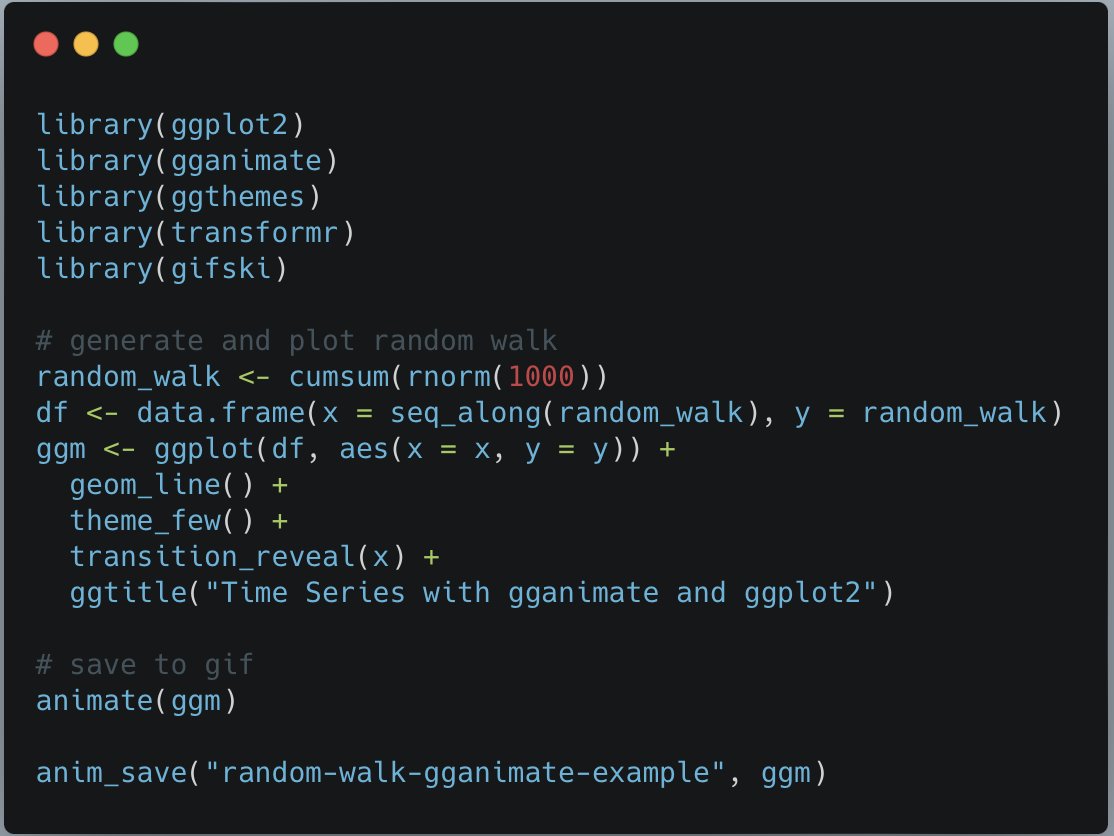
(1/n) A fun and practical idea for an R package: a #ggplot2 extension to modify plots so they adhere to an organization’s visual identity 📊📈📉⬇️
(2/n) A visual identity allows an entity to be instantly recognized. Made up of their logo, typography, and colors, it can be applied when creating external or internal communications. For example, here’s the visual building blocks of my alma mater @UBC: bit.ly/3EN0oNs 

@UBC (3/n) My first crack at package development was during my master's studies with @UBCMDS. My classmates and I created a #ggplot2 extension to allow users to change the appearance of plots based on the visual identities of different Canadian universities: bit.ly/3VHssIe
@UBC @UBCMDS (4/n) I ended up being able to apply these skills right away after graduating (yay). At my job, I found myself creating another package to help standardize the color palette, gridlines, text alignment, etc. of plots made to help interpret healthcare utilization data.
@UBC @UBCMDS (5/n) I think the 📦 ended up being a useful tool: having access to something that quickly took care aesthetic components meant that analysts could spend more time identifying trends in the data rather than tweaking their code to get the plot to look right *chef's kiss*
@UBC @UBCMDS (6/n) Even if there isn’t a color palette that you need to adhere to in your day-to-day work, maybe you always find yourself modifying the same components of a ggplot2 theme. Why not wrap that code chunk you got (along with some other helper functions) into a package?
@UBC @UBCMDS (7/7) Closing this thread with some relevant resources:
💡 What you can modify in ggplot2: ggplot2.tidyverse.org/reference/them…
💡 Extra themes for ggplot2: github.com/jrnold/ggthemes
What are your favourite ggplot2 extensions?
💡 What you can modify in ggplot2: ggplot2.tidyverse.org/reference/them…
💡 Extra themes for ggplot2: github.com/jrnold/ggthemes
What are your favourite ggplot2 extensions?
• • •
Missing some Tweet in this thread? You can try to
force a refresh





